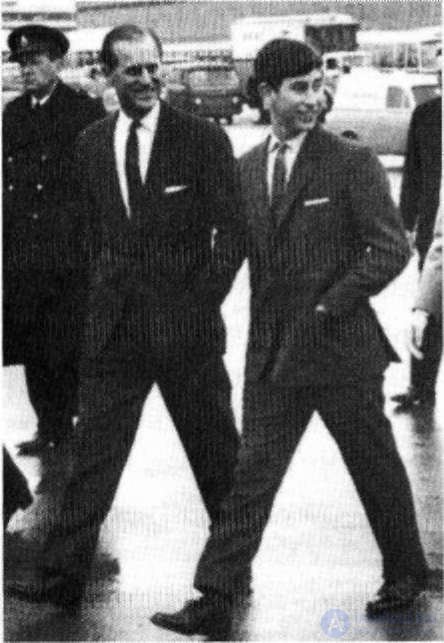
They are exactly the same dressed, they have the same facial expression, they make the same gestures, but at the same time each of them will say that he is completely independent When you meet a person for the first time, you need to immediately understand whether he is negative or positive about you. Animals behave the same way for which it is a matter of survival. People immediately look around the figure of the interlocutor to see if they behave the same way as they do. We are looking for "mirror". People copy the signals of the body language of each other as a sign of mutual understanding, friendliness and sympathy, but they themselves do not realize this. In antiquity, mirroring was a social mechanism that allowed our ancestors to successfully exist in large groups. In addition, mirroring served the purpose of learning.
The most obvious example of mirroring is yawning: one person is yawning, and everyone else starts to yawn after him. Robert Provine discovered that yawning is incredibly contagious. We do not even need to see another person yawning, just a simple image of a wide open mouth. Previously it was believed that the purpose of yawning - enrich the body with oxygen. Today it is absolutely clear that this is just a form of specularity, which serves to achieve mutual understanding and remove aggressiveness. Monkeys do the same.
|
If a woman sees another woman in exactly the same dress as hers, they will become enemies forever. If the two men at the party will be in the same costume, they will be friends for life.
| |
Mirroring non-verbally speaks to the interlocutor: “Look at me. I am the same as you. I feel the same as you. I have the same intentions as you. ” That is why people at rock concerts together bounce, swing and applaud. Synchronicity mob instills a sense of security. But people in the crowd are not always peacefully disposed. Aggressive actions are copied in the same way. That is why many cool people lose control of themselves in a similar situation.
The desire to copy is the principle of operation of any queue. In the queue, people consciously cooperate with those whom they have never seen and will never see again. In such an environment, we unconditionally obey the unwritten rules of behavior. Professor Joseph Heinrich from the University of Michigan discovered that the desire to replicate the actions of other people is inherent in the human brain. And this is not surprising: after all, together it is easier to find food or cope with work. It becomes clear why societies in which mirroring is highly developed, such as Great Britain, Germany or Ancient Rome, have long successfully dominated the world.
Mirror contributes to the achievement of mutual understanding. During slow-motion video playback, it becomes clear that the interlocutors, who understand each other well, blink at the same time, raise their eyebrows and swell their nostrils. They even have pupils dilated at the same time, and this is most surprising, since such microdesses cannot be consciously copied.

The desire to copy the parents arises very early: Prince Philip and the young Prince Charles go foot in hand 

Comments
To leave a comment
Body language
Terms: Body language